JTF (just the facts): A total of 16 photographic works, generally unframed and pinned to the wall with masonry nails or set on pedestals, and displayed in the two room gallery space and the back office area. 15 of the works are unique sculptural objects, variously constructed from gelatin silver prints, c-prints, cyanotype chemicals, acrylic paint, polymer spray, and cement, all made in 2013. Physical dimensions range from roughly 12×10 to 24×20 for the wall hung works, and from roughly 6x6x2 to 10x8x7 for the three dimensional objects. The other work on view is a lightjet print mounted to Dibond, from 2009-2013; it is sized 40×40 and available in an edition of 5+3AP. This is the artist’s first solo show in New York. (Installation shots below.)
Comments/Context: Nikolai Ishchuk’s newest works push the intermingled combination of photography and sculpture to its logical limit, finding the undefined spot where the inherent qualities of a photograph break down completely and the resulting object ultimately becomes something else. His photographs have abandoned any visual communication duties, and have instead become a ghostly paper substrate for further physical experimentation.
While Ishchuk’s works have a passing resemblance to Letha Wilson’s recent mixtures of photographs and concrete, his objects are far less specifically representational. Starting with discarded photographs full of light leaks and degradations, he further obliterates the original images with washes of blue cyanotype and cloudy coppery paint, before embedding the undulating or folded paper in blocks of rough cement. While tiny hints of the underlying images can be found with some effort, in general, the works have been transformed into gestural abstractions decorated and layered with spills and splotches. The result is a set of three dimensional sculptures that have form and edge in contrasting textures and materials, where the original photographic paper (now folded into a back and forth fan or bent into a smooth uneven curve) might easily be mistaken for oxidized metal. The best of these objects have a complexity of surface that marries chance imperfection with pared down simplicity.
When we are this far out on the boundaries of the medium, it is in some ways difficult to defend that we are still in the realm of photography, at least in its traditional sense. And yet Ishchuk’s explorations come from a root in photographic thinking, of beginning with an image and then subjecting it to various processes, eventually reaching the extreme of stripping it of its fundamental purpose. While many photographers have investigated creative destruction, Ishchuk seems to have discovered the tipping point, beyond which our frame of reference is forced to change.
Collector’s POV: The works in this show are priced as follows. The sculptural objects range from $900 to $4000 each, generally based on size. The lightjet print is $3300. Ishchuk’s work has not yet reached the secondary markets, so gallery retail remains the best/only option for those collectors interested in following up.

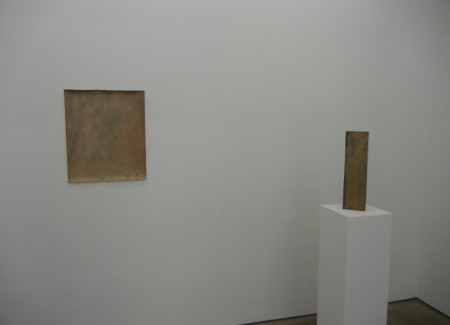
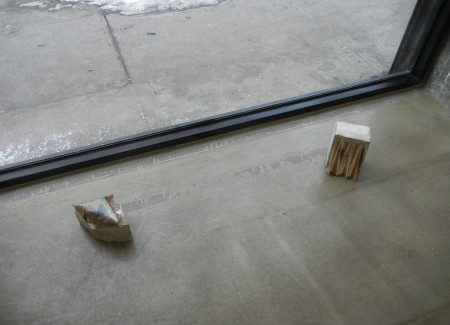
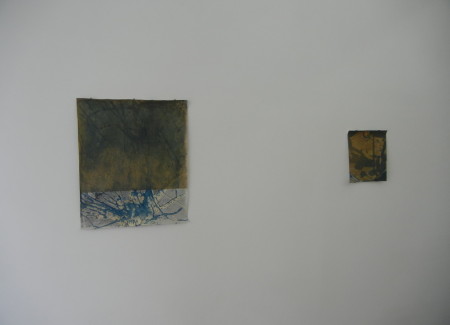
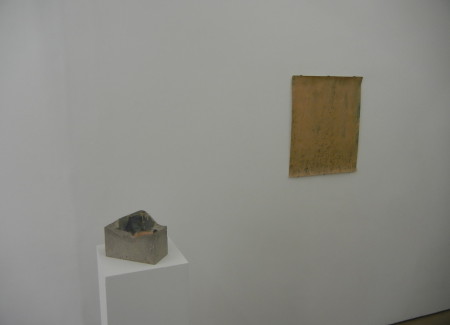
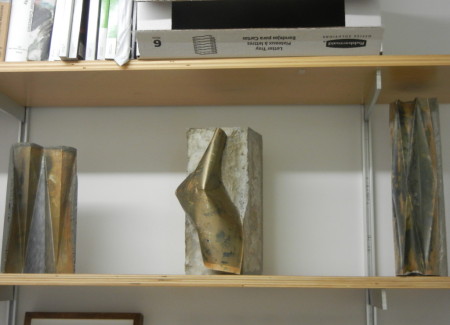





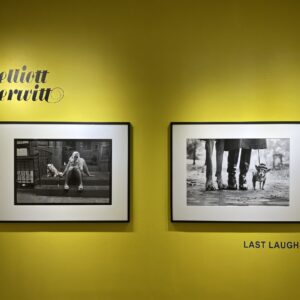
Top review, very insightful.
I think some of the trend for sculpture which incorporates photography is a weird inversion of long-time mainstream art world values, and where not referencing photography now means any chance of being acknowledged as relevant is foresaken. It’s absurd tokenism, but quite funny. In the distant (and not so distant) past photography bent over backwards to associate itself with the various mores of painting, after all that’s ‘real art’.
I like the way here that the phographic element is, well, suddenly ‘elemental’, and it even manages to maintain a representational function – mimicing metal.